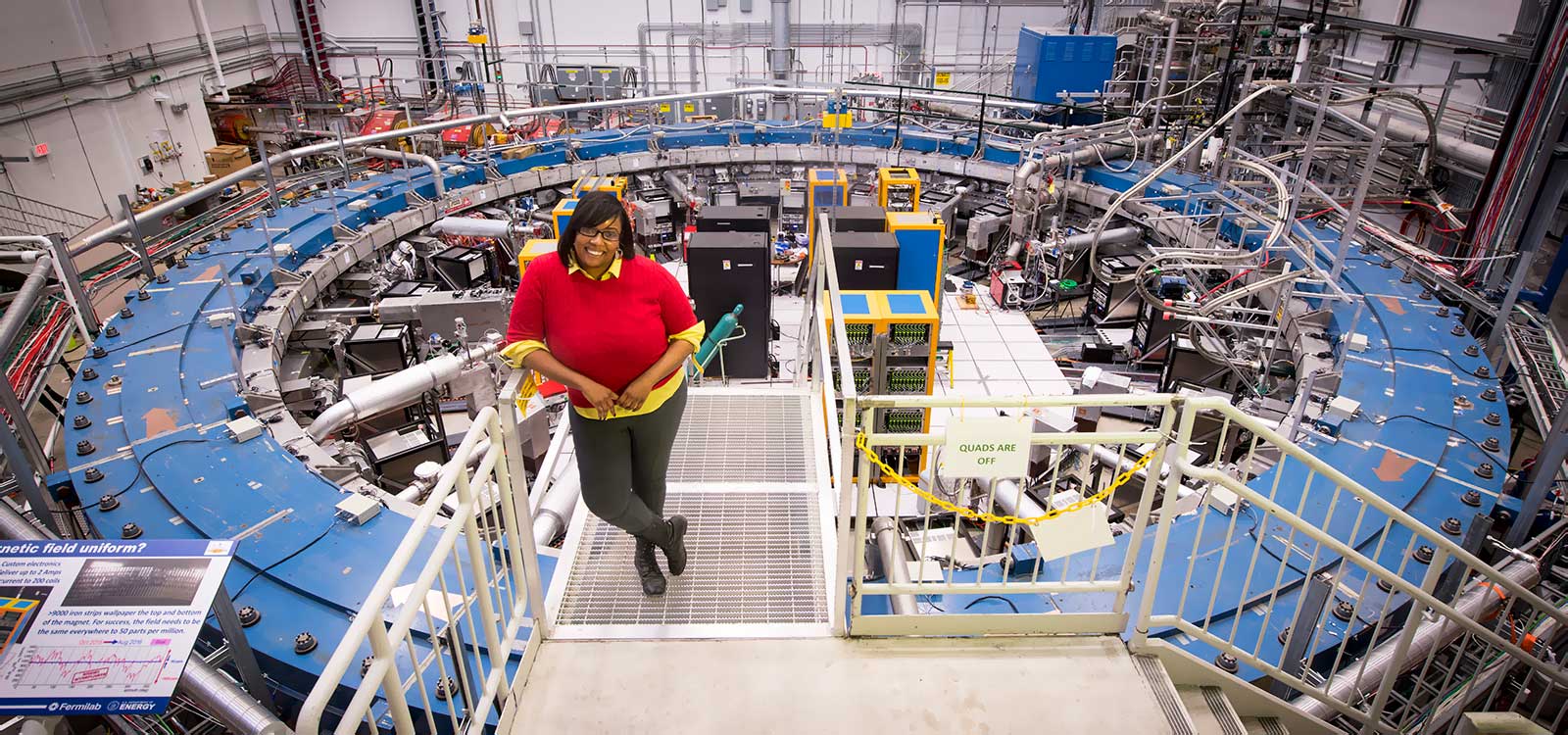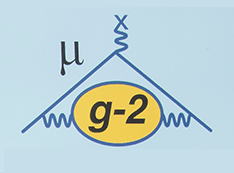
Muon g-2 Experiment
How do subatomic muons “wobble” in a magnetic field? Comparing precision measurements with theoretical calculations provides a stringent test of the Standard Model of particle physics.
Brookhaven National Laboratory physicists have made important contributions to the study of the anomalous magnetic moment of the muon, commonly known as “muon g-2.” These include running a groundbreaking experiment to make precision measurements of this quantity, transporting a giant muon storage ring to Fermi National Accelerator Laboratory (Fermilab) to continue these experiments at higher precision, and calculating with ever-increasing accuracy the theoretical value of muon g-2. The idea is to test whether the measurements and theoretical predictions match up. Significant deviations between the two would potentially point to “new physics” beyond the Standard Model—scientists’ current understanding of the particles and forces that make up our universe.
What is Muon g-2?
The Muon g-2 experiment measures what happens as muons circulate through a 50-foot-diameter electromagnet storage ring. The muons, which have intrinsic magnetism and spin (sort of like spinning toy tops), start off with their spins aligned with their direction of motion. But as the particles go 'round and 'round the magnet racetrack, they interact with the storage ring’s magnetic field—and also with a zoo of virtual particles that pop in and out of existence within the vacuum. These interactions cause the muon spins to precess, or “wobble” away from their spin-aligned path. Mathematical calculations based on the Standard Model can precisely predict how the muons’ alignment should precess. Sensors surrounding the magnet measure the precession with extreme precision so the physicists can test whether the theory-generated prediction matches up.
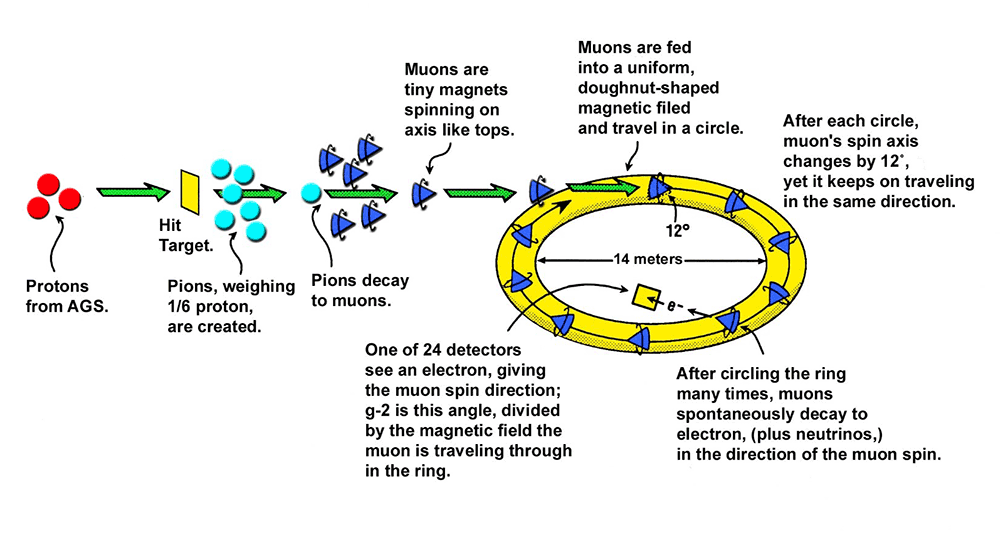
Life of a muon: a conceptual diagram of the Muon g-2 experiment
Muon g-2 News
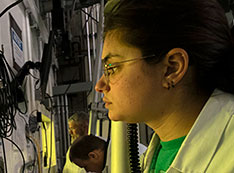
Driving Innovation and Discovery: DOE's Office of Science 2023 Year in Review
Thursday, December 21, 2023
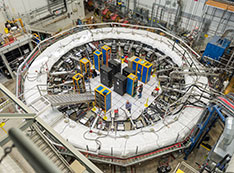
Muon g-2 Doubles Down With Latest Measurement, Explores Uncharted Territory in Search of New Physics
Thursday, August 10, 2023
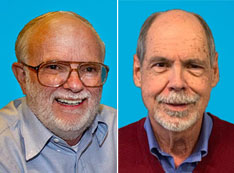
Morse and Roberts Win W.K.H. Panofsky Prize for Muon g-2 Experiment
Tuesday, October 11, 2022
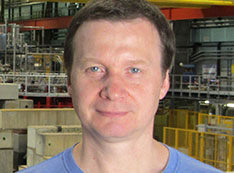
527th Brookhaven Lecture: New Physics, Measuring Muon Magnetism
Tuesday, May 24, 2022
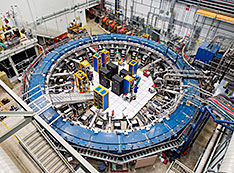
First Results from Fermilab's Muon g-2 Experiment Strengthen Evidence of New Physics
Wednesday, April 7, 2021
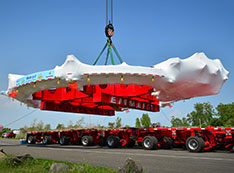
Background on Brookhaven Lab's Involvement in the Muon g-2 Experiment
Wednesday, April 7, 2021
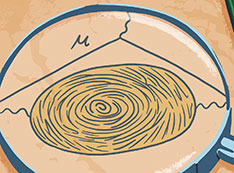
The Mystery of the Muon's Magnetism
Tuesday, March 30, 2021
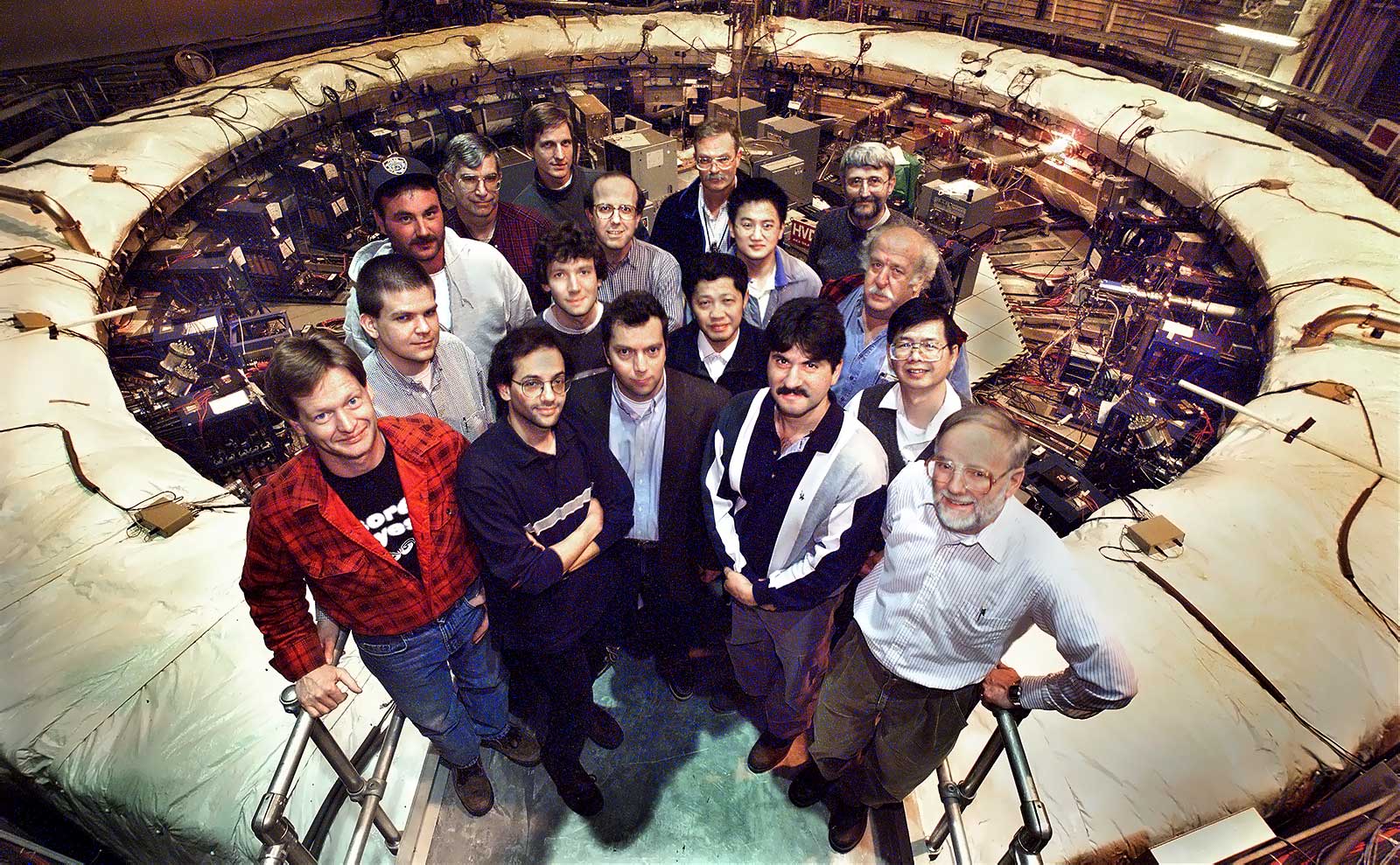
Just a few of the contributors on the Brookhaven-led muon g-2 research team, circa 2001.
The Brookhaven Muon g-2 experiment
Brookhaven Lab’s Muon g-2 experiment was constructed from 1989 to 1996 and collected data from 1997 to 2001. It used a beam of protons from the Lab’s Alternating Gradient Synchrotron (AGS) to generate the muons used for the experiment. The first analysis of Brookhaven’s results, announced in 2001, revealed that there was poor agreement between the measurement and the Standard Model prediction. Later improvements to the theoretical calculations brought the values closer, but follow-up analyses of Brookhaven’s experimental data confirmed with even higher precision that a discrepancy remained.
The 'Big Move'
In 2013, physicists, engineers, riggers, and many others teamed up to move the 50-foot electromagnet used to store the circulating muons on a grand land-and-sea voyage from Brookhaven Lab to Fermilab so physicists could run the experiment with a more intense beam of muons.
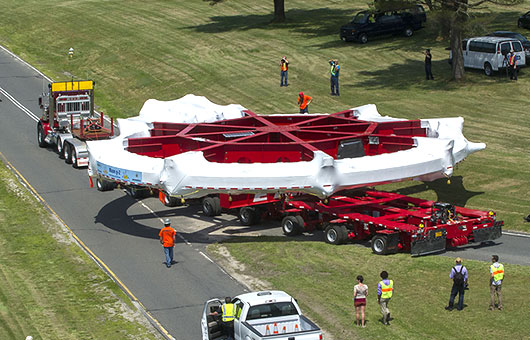
While most of the machine was disassembled and brought to Fermilab in trucks, the massive electromagnet (shown here leaving the Brookhaven campus) had to be transported in one piece.
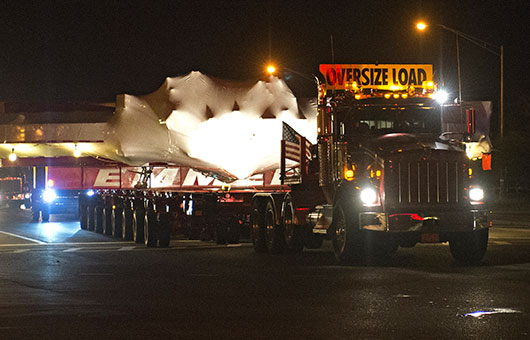
To minimize traffic delays, highway land transport occured at night on a truck travelling no more than 10 miles per hour.
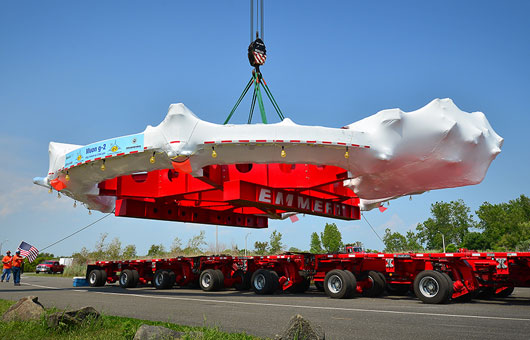
The ring reaches its Smith Point Marina departure point on Long Island where it was loaded onto a barge for the ocean portion of its trip to Fermilab in Illinois.
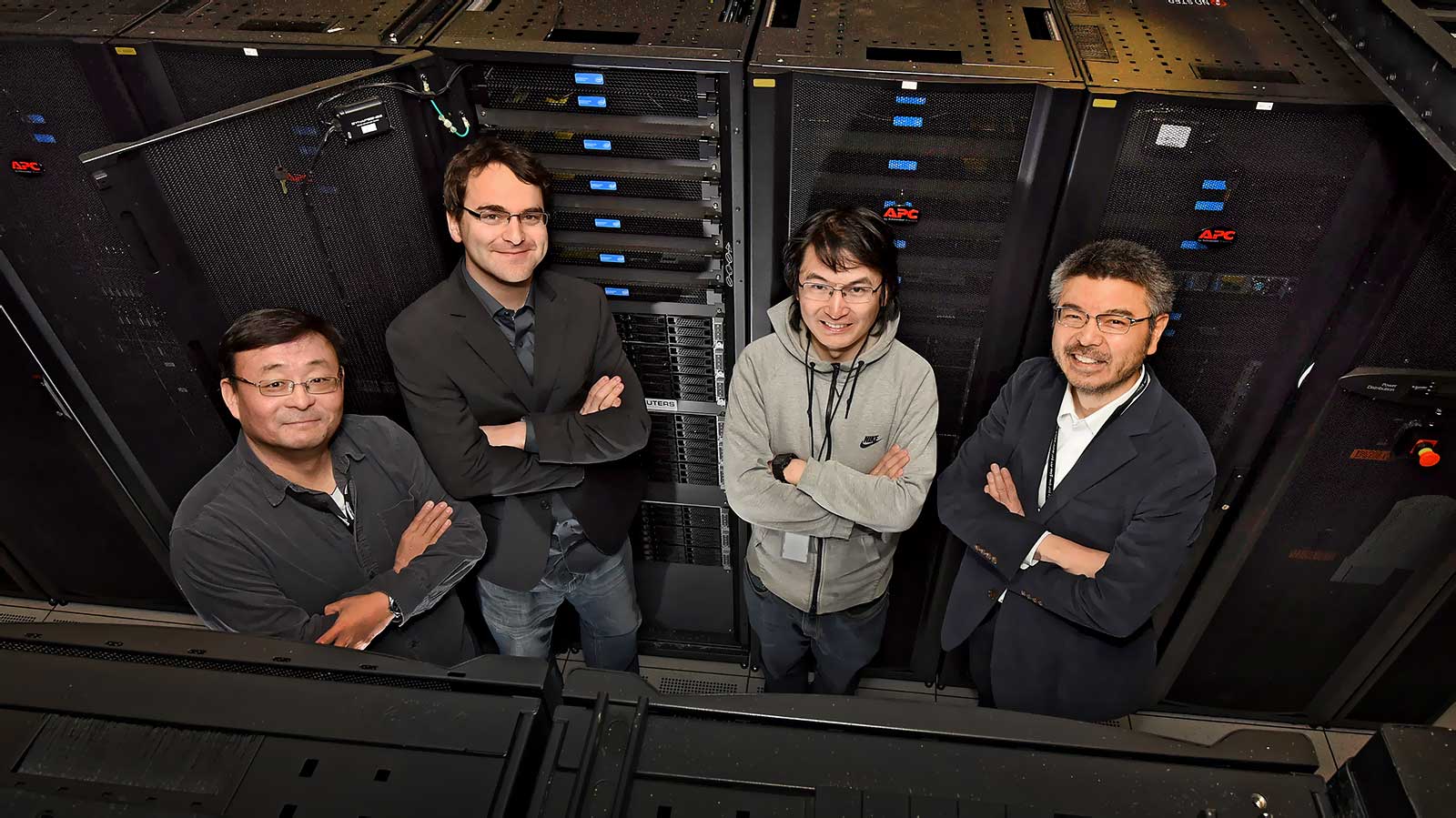
Pictured from left to right are g-2 researchers Chulwoo Jung (BNL), Christoph Lehner (BNL), Luchang Jin (RIKEN-BNL & University of Connecticut), and Taku Izubuchi (BNL & RIKEN-BNL).
Theoretical calculations of muon g-2
To produce the Standard Model value for muon g-2—the value used for comparing with the experimental measurement results—theoretical physicists use powerful supercomputers to model the interactions of muons with all known existing particles. The interactions of muons with quarks and gluons, described by the notoriously difficult and numerically complex equations of Quantum Chromodynamics (QCD), are particularly thorny to work out. Brookhaven theorists—together with those from the RIKEN BNL Research Center (RBRC), Columbia University, the University of Connecticut, and various institutions in the United Kingdom (collectively known as the RIKEN-BNL-Columbia UKQCD Collaboration)—have made enormous advances in these calculations. Since the year 2000, they’ve carried out a range of calculations using a theoretical framework first developed at Brookhaven in the 1980s, applying it to the g-2 calculations. This approach, called lattice QCD, places quarks on an imaginary discretized spacetime lattice and uses a random “Monte Carlo” process to run through all the possible gluon-mediated interactions of neighboring particles. The calculations take into account how the particles’ positions or properties change over time as a result of their interactions with other particles, including muons.
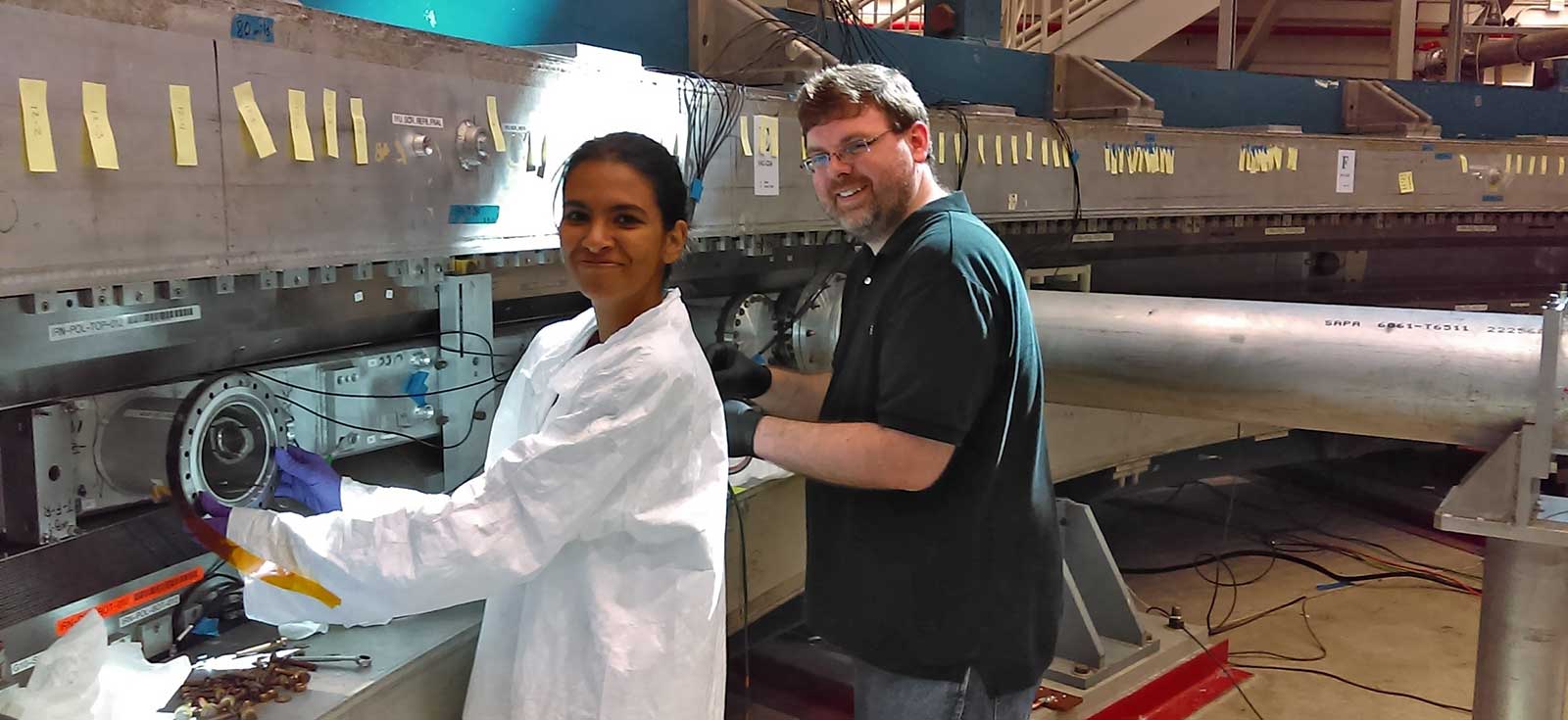
Sam Krishnamurthy and former Brookhaven Lab postdoc and current Fermilab staff member Jason Crnkovic inside the muon storage ring at Fermilab.
Brookhaven Lab’s ongoing contributions to understanding muon g-2
In 2022, Brookhaven Lab physicist William Morse and Boston University physicist Lee Roberts—who, together with Vernon Hughes of Yale University (deceased in 2003), led the Brookhaven Lab muon g-2 experiment—were awarded the American Physical Society’s 2023 W.K.H. Panofsky Prize. The award recognized their leadership and the experiment’s role in sparking a worldwide search for new physics. Morse has said the most important result was all the young people who became physicists doing “this beautiful physics.” Morse and Brookhaven physicist Vladimir Tishchenko, who joined the experiment just as it was moving to Fermilab, are active members in the ongoing g-2 collaboration. The Fermilab experiment completed collecting data in July 2023. Analysis of the data and work by theorists at Brookhaven Lab and elsewhere on the theoretical calculations used for comparison with and interpretation of the experimental results will continue for some time.
Below: Fermilab’s Tammy Walton in 2018 at the updated g-2 experiment. Walton was honored with Brookhaven Lab’s Leona Woods Distinguished Postdoctoral Lectureship Award. Watch her g-2 talk at Brookhaven Lab.
